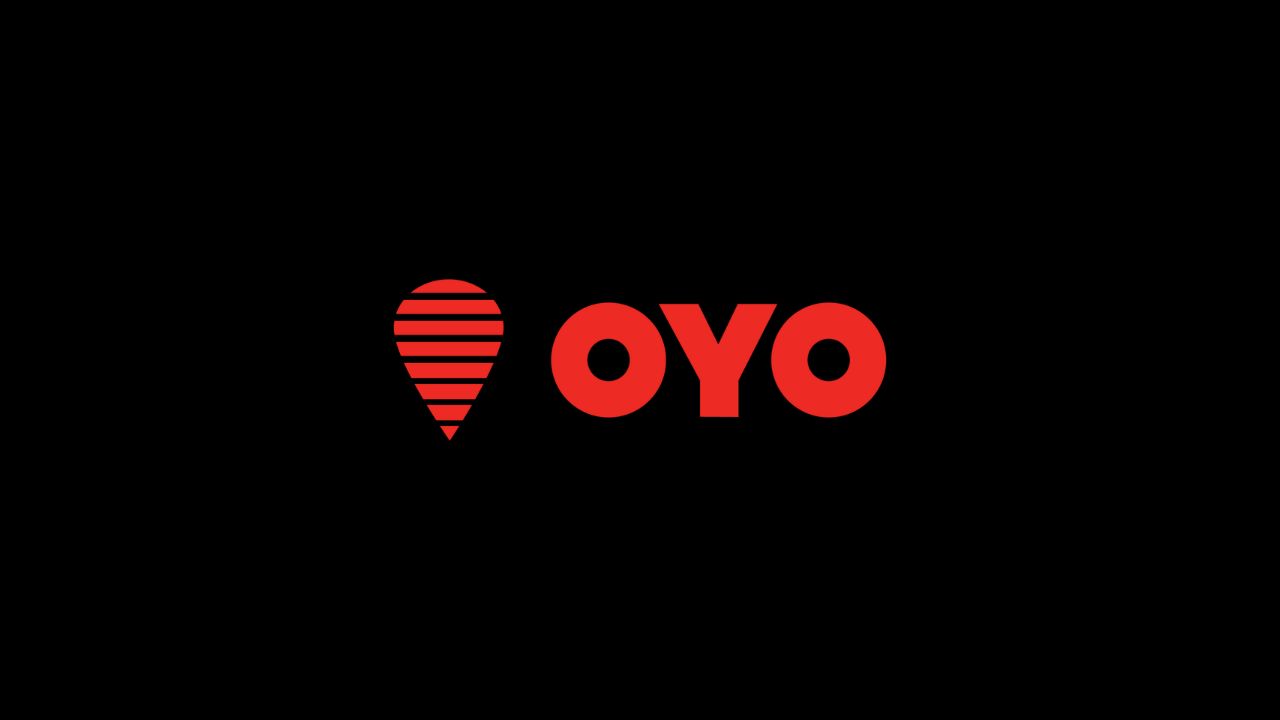Introduction
Lenovo Group Limited, often shortened to Lenovo, is an American Chinese multinational technology company specializing in designing, manufacturing, and marketing consumer electronics, personal computers, software, business solutions, and related services. The business model of Lenovo involves its business plan, revenue model, its competitors, SWOT Analysis and many more.

Lenovo is a US$50 billion Fortune Global 500 company, with 63,000 employees and operating in 180 markets around the world. Focused on a bold vision to deliver smarter technology for all, we are developing world-changing technologies that create a more inclusive, trustworthy, and sustainable digital society.
Business plan
Lenovo is a global company that attempts to push technology forward, updating and innovating products. It provides technical support to its consumers. To scale their international B2B sales, Lenovo wanted to offer buyers a seamless and flexible way for their business buyers to pay for their computers and accessories. With Digital River as their partner, Lenovo launched TreviPay on their LenovoPRO B2B online stores in 14 countries.
Lenovo makes use of two interrelated business models, as “Transactional” and “Relationship” business models. The transactional model emphasizes sales to retail consumers and small to medium-sized businesses, both directly (through online and physical Lenovo storefronts) and indirectly through distributors and retailers.
The relationship model targets enterprise customers such as educational and governmental institutions, as well as large businesses. Sales occurring through this model are characterized by a greater degree of personalized service by Lenovo staff and are executed through a combination of internal sales representatives and business partners.
Products
Products manufactured by the company include:
- desktop computers
- laptops
- tablet computers
- smartphones
- workstations
- servers
- supercomputers
- electronic storage devices
- IT management software
- smart televisions
Revenue model
The primary revenue stream for Lenovo is the price it charges for physical products.
Competitors
Lenovo’s competitors include
- Apple
- HP
- Dell Technologies
- MI
- Asus
- Acer
- Nokia
- OnePlus
- Huawei
- Microsoft
- Toshiba
SWOT Analysis
Strengths
- Strong sales: Lenovo has Strong sales position in the mainland China because of 90% of sales from it. So, as market leader in China, Lenovo is earning more revenue from the mainland.
- Lenovo has a considerably strong domestic PC market share. During the year 2004 and 2005, the market share for PC products reached 27 and 26 percent respectively, which was more than double of the second vendor, Founder.
- Technical innovation made the significant contribution, and also the close relationship with the Chinese government.
- Strong alliance: Furthermore, it has a strong strategic alliance with suppliers (IBM). Lenovo has the leading position in the fastest growing market in the world. Their acquisition of IBM’s PC business makes them the third largest PC supplier in the world. In addition, the people of ThinkPad® notebooks and Think Centre™ desktops are now part of the Lenovo team—the award-winning engineers, the manufacturing teams, the sales representatives, the business partners.
- Customer needs: Lenovo built a network comprising 110 sales zones spanning 18 regions in China, which allowed Lenovo to meet customer needs more efficiently and to improve its control of customer information. So, it establishes the customer-oriented sales model successfully.
- Lenovo’s customer segmentation strategy ensured it to meet the demands by modifying its product lines. For instance, the computer series of Tianjiao is for the high-end consumer market and the series of Yuanmeng is for the poor consumers at the affordable prices.
- In addition, Lenovo has a low production cost and good event sponsoring, so these strengths can help Lenovo save cost and gain a good publicity.
Weaknesses
- Lenovo is unable to maintain sustained growth rate in all market segments
- Pricing model: Many customers have claimed that Lenovo charges premium prices for its products than the competitors’ brands like HP and Dell. But there isn’t much difference between Lenovo and other brands.
- Focused in China: Lenovo is indeed a multinational brand, but its primary focus is on the Chinese market. The company should shift its focus globally and increase its market share in other countries as well.
- Lenovo ignore emerging competitors
- Retaining of largest share by the competitors
- Delivery time taking long time
- Poor Brand Perception (Global)
- No pure Electronic Sales
- Low inventory Turnover
- Limited knowledge of global market
Opportunities
- PC sales are expected to grow.
- Fast growing international market.
- Signing of alliance with the US.
- Smartphones: Lenovo has launched some smartphone models, but it has to compete with brands like Apple, Samsung, and Huawei. Therefore, the company should offer something unique to attract the attention of the smartphone user market.
- Import Barrier Increasing Global Demand Internet Boom
- Growing Wireless Pc Market
- Government’s Association
Threats
- Heavy Competition Industry: Dell, HP, Apple, LG, Toshiba, and Acer are some of the main competitors of Lenovo. They all are successful worldwide brands, and they’ve got a substantial database of loyal customers. These brands spend billions of dollars on R & D to develop something new. The competitive environment makes it difficult for Lenovo to keep up with the market growth.
- Reaching Maturity: The worldwide increased usage of smartphones is reducing the market of desktop computers and laptops. It’s because smart devices allow you to perform all the functions like any big computer.
- Software piracy and Clone market
- Little firms’ growth
- Competition threat from both Local and International
- Market Price war
- International competitors forming Alliances with the local competitors
- Threat of price competition from clone PC makers
Conclusion
Lenovo being one of the leading companies, has a strong market presence and thus, company’s earnings are growing at a fast speed. It keeps innovating by offering a new range of products.




